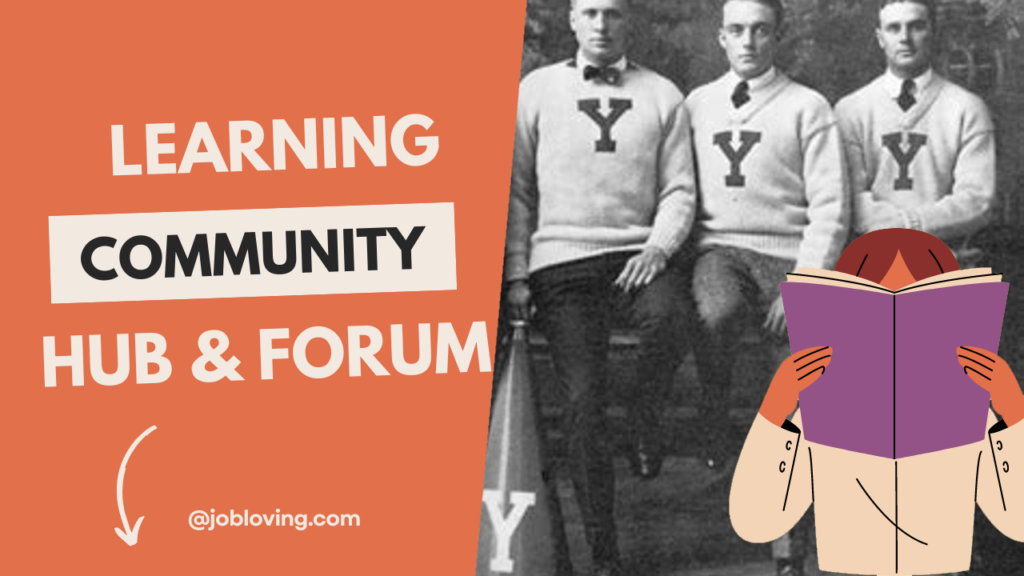Ever wondered about those illustrious women’s colleges that trail behind the glossy names of Ivy League schools? The Seven Sisters represent a legacy of elegance, empowerment, and exceptional education. These institutions were not just about academics; they were about crafting a brighter future for women when the world wasn’t quite so inviting. So, who exactly are these Seven Sisters, and what makes them stand out?
The Short Answer: Barnard, Bryn Mawr, Mount Holyoke, Radcliffe, Smith, Vassar, and Wellesley
The Seven Sisters include Barnard, Bryn Mawr, Mount Holyoke, Radcliffe, Smith, Vassar, and Wellesley. Collectively, they emerged in the early twentieth century to provide a reputable liberal arts education to women that paralleled the quality offered by Ivy League colleges.
These seven prestigious institutions banded together with a mission to challenge the conventional norms of higher education. Established in a time when women’s roles were often confined to the domestic sphere, they offered a sanctuary where women could pursue rigorous academic programs, engage in vibrant intellectual discussions, and develop leadership skills.
Here’s a quick snapshot of each Sister:
- Barnard College: Affiliated with Columbia University, located in New York City, Barnard champions a dynamic liberal arts education for women.
- Bryn Mawr College: Nestled in Pennsylvania, this college emphasizes academic inquiry and has a historic commitment to women’s education.
- Mount Holyoke College: As the first of the Seven Sisters, founded in 1837, it’s a trailblazer in women’s education and social reform.
- Radcliffe College: Previously a women’s institution affiliated with Harvard, it played a significant role in advancing women’s education before merging with Harvard.
- Smith College: Renowned for its diverse curriculum and active engagement in social justice issues, it continues to be a leader in women’s education.
- Vassar College: Once a men’s school, now a coed liberal arts institution; it’s packed with history while prioritizing an inclusive environment.
- Wellesley College: Famous for its stunning campus, Wellesley aims to empower women through a comprehensive liberal arts education, nurturing future leaders.
These institutions still hold their place in the spotlight, not only for their academic prowess but also for the powerful women they have produced over the decades. Each school fosters a commitment to empowering women, showcasing the continual evolution of educational opportunities and the importance of diversifying academia. In a way, they’re like the original sorority of smart women taking on the world—talk about a sisterhood!
So, if you’re curious about higher education, women’s empowerment, or just looking to impress at a dinner party with some fascinating facts, the Seven Sisters are a goldmine of information! Don’t hesitate to join the JobLoving community for more valuable resources or if you have any questions. We’ve got a wealth of knowledge just waiting for your inquiry!
Key takeaways about What are the Seven Sisters of the Ivy League?
Formation and Historical Context
- The Seven Sisters consists of Barnard, Bryn Mawr, Mount Holyoke, Smith, Radcliffe, Vassar, Wellesley.
- Formed in 1926, the Seven Sisters aimed to combat financial challenges facing women’s colleges.
- Initially four colleges, the group expanded to seven after successful collaboration and fundraising efforts.
- Named after the Pleiades, these colleges symbolize a strong alliance for women’s higher education.
- The Seven Sisters represent a significant movement in advancing women’s education and institutional support.
- The name “Seven Sisters” references the Pleiades, a group of seven mythological Greek goddesses.
- The Seven Sisters group was formalized in 1926, originally starting from a 1915 conference.
- Historical advocates for women’s education include prominent figures like Sarah Pierce and Mary Lyon.
Financial Initiatives and Goals
- In 1928, the endowment of the Seven Sisters was only $36 million compared to $319 million.
- The first order of business was raising faculty salaries to match those of men’s colleges.
- The Seven Sisters organized fundraising plans to address financial needs of women’s colleges from 1926-1935.
- Vassar President MacCracken pledged $1,000 at the first joint meeting of the Seven Sisters.
- The Seven Sisters aimed to equalize women’s education quality with that of prestigious men’s colleges.
- The Seven Sisters aimed to mimic the Ivy League’s prestige while focusing on women’s education.
Collaborative Efforts and Institutional Dynamics
- Each college sends representatives to annual conferences, fostering collaboration among the Seven Sisters institutions.
- Annual conferences continue, focusing on themes like diversity, equity, achievement, and institutional branding.
- Vassar transitioned to coeducation, altering the dynamics of discussions at the Seven Sisters conferences.
- Radcliffe has not attended recent conferences as it no longer functions as a liberal arts college.
- Smith, Wellesley, and Mount Holyoke chose to remain women’s colleges despite discussions on coeducation.
- The Seven Sisters collectively address inclusiveness and diversity, adapting to contemporary societal changes.
- The colleges have a rich history of collaboration, focusing on improving educational quality for women.
- The Seven Sisters Alum Group, established in 2016, has over 80,000 members and supports networking.
Progressive Policies and Inclusivity
- Mount Holyoke was the first Seven Sisters college to accept transgender women, beginning in 2014.
- Barnard College operates independently but is affiliated with Columbia University, offering unique governance.
- Bryn Mawr, Radcliffe, and Barnard were added to the group during the 1926 conference expansion.
- The Seven Sisters colleges are located in Massachusetts, New York, and Pennsylvania, emphasizing regional significance.
- From 1982 to 2019, the Seven Sisters held an athletic championship featuring various sports competitions.

